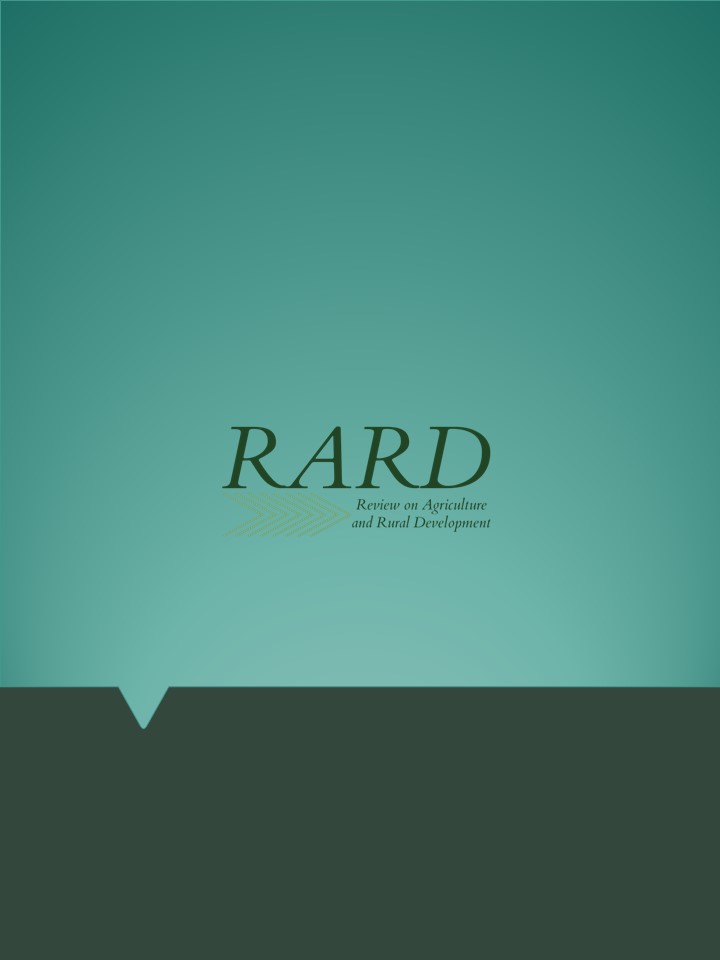The feed preference of roe deer in different habitats
Main Article Content
Absztrakt
The roe deer, widely distributed across Europe and our homeland, has a significant economic and hunting value. Our research aims to understand the diet and food choice of deer in the lowland (Great Hungarian Plain, Hódmezővásárhely) and mid-mountain (North Hungarian Mountains, Salgótarján) habitats. To determine their diet, we conducted a sample collection of roe deer and analysed their droppings using epidermal analysis. Descriptive statistics were employed to determine the proportions of ingested plants, revealing Petroselium spp. (6.5-8.3%) and Beta spp. leaves (4.3-9.1%) as the most commonly consumed plants in Hódmezővásárhely. In Salgótarján, the roe deer population consumed significant amounts of Robinia pseudoacacia (47.8%). These findings have implications for wildlife management and conservation, particularly in areas where roe deer are the predominant big game species, such as the Great Hungarian Plain, providing ample opportunities for hunting and economic benefits.
